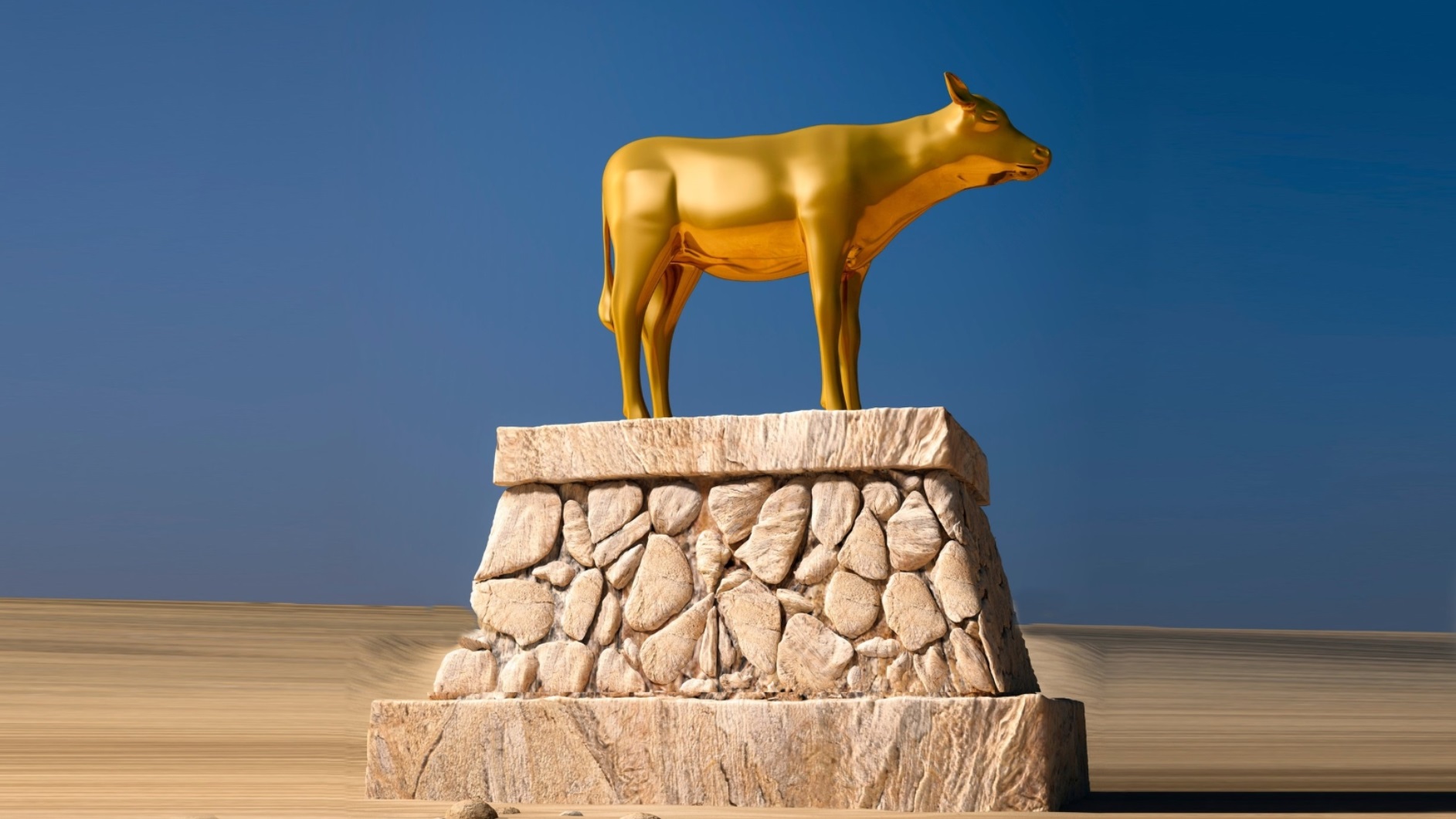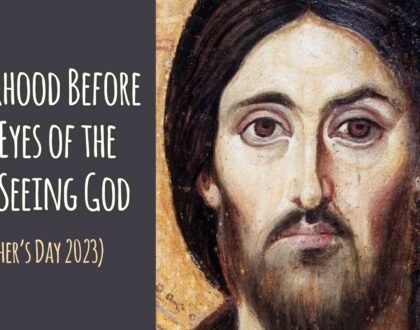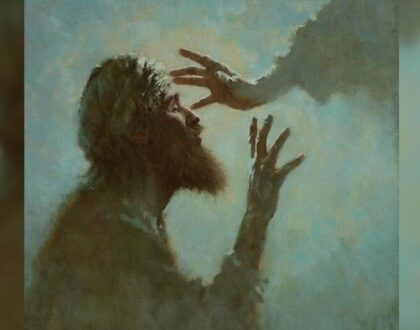Reflection Questions – The Quest for the Divine Presence 9: ‘Drinking the Calf’ – The Literal Blood of Jesus, Part 3

by Pastor Gene
- For our sins to be forgiven, God required a very high price: the shedding of blood. Why was God’s price so high? How is our estimation of the wickedness of our sins different from God’s estimation. What does He mean in Isaiah 64:6 that “we have all become like one who is unclean” and that even our “righteous deeds are like a polluted garment”?
- Isaiah 59:9–15 presents a devastating picture of a society where justice and righteousness have virtually disappeared. Why? Because of the unrestrained sinfulness of the people of Isaiah’s day. Consider this passage carefully and apply it to our own time. What about this passage rings true with respect to us? Why have justice and righteousness fallen to the ground (see vv. 14-15). What’s the remedy? What should believers who find themselves in such a society do?
- Do you find Pastor Gene’s arguments that the literal Blood of Jesus is ‘God’s own Blood and is of inestimable, intrinsic value’ compelling? Why or why not? Why do you think the alternative view that ‘the Blood of Jesus merely represents His death and, in-and-of-itself, has no saving value’ has won the day among modern Bible teachers?
- Discuss the believer’s hope presented in Hebrews 9:28: “So Christ, having been offered once to bear the sins of many, will appear a second time, not to deal with sin, but to save those who are eagerly waiting for him.” What is this promising? Why will Jesus not deal with sin when He returns? What is your hope about the Lord’s return? Are you “eagerly” waiting? Are you ready for the Rapture to happen today? Consider John’s words: “And now, little children, abide [continue] in Him, so that when He appears we may have confidence and not shrink from him in shame at His coming” (1 John 2:28). Why will some believers “shrink in shame at His coming?” Again, are you ready?
- We looked at the stunning event of Exodus 32:19-20, where Moses “took the [golden] calf” that the people had made and “burned it with fire and ground it to powder and scattered it on the water and made the people of Israel drink it.” Dr. M.R. DeHaan, in his book, The Chemistry of the Blood, suggests that this was an object lesson to the people of Israel about the future Blood of Jesus. He writes that “gold in dust size will color water as blood.”1 The idea is that Moses “made” these idolatrous sinners “drink” the blood-colored water which foreshadowed Jesus’ future sacrifice. This would certainly have been an astonishing picture of the Blood of Jesus which rescued us from our sin, no? Now read what Jesus said, in John 6:53-56, about ‘drinking His Blood’ in this context. He promised that “whoever feeds on my flesh and drinks my blood has eternal life, and I will raise him up on the last day.” What do you think? If you don’t buy Dr. DeHaan’s interpretation, what do you think this ‘drink the calf’ incident was all about? What was Moses trying to prove? Also, Deuteronomy 9:21 tells us that Moses “threw the dust of it into the brook that ran down from the mountain.” Remember, this ‘mountain’ is Mt. Sinai, upon which YHWH had just given Moses the Law. In other words, the water Moses ‘colored’ originated from the mountain where God was. DeHaan thinks this indicates that the Blood of Jesus was of divine origin. Does this ring true to you? Why or why not?
- Immediately after the devil is declared to be the accuser of the brethren, we read that “they [future believers] have conquered him by (1) the blood of the Lamb and by (2) the word of their testimony” (Revelation 12:10-11). How does this apply to believers today? How do we defeat the devil, who “prowls around like a roaring lion, seeking someone to devour”? (See 1 Peter 5:8-9, Romans 16:20, John 16:33, 1 John 5:4-5 & Ephesians 6:11-18a.)
1 DeHaan, M. R., M.D., The Chemistry of the Blood (Grand Rapids, MI: Zondervan, 1943) pp. 53-57.
Recommended Posts

Reflection Questions: Fatherhood Before the Eyes of the All-Seeing God (Father’s Day 2024)
June 16, 2024


